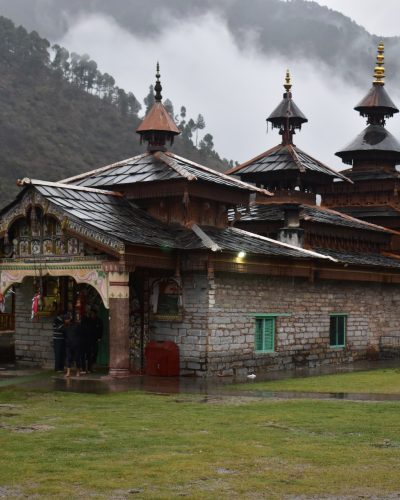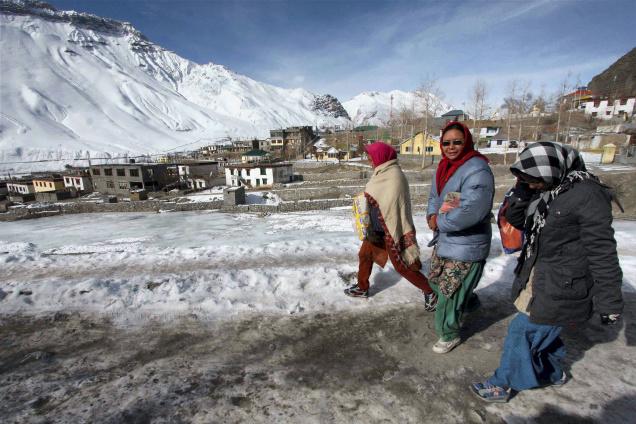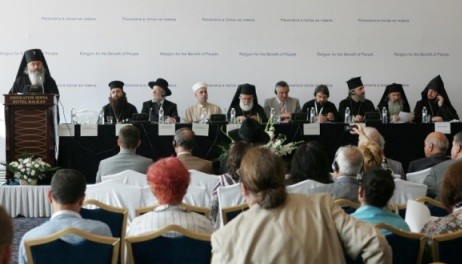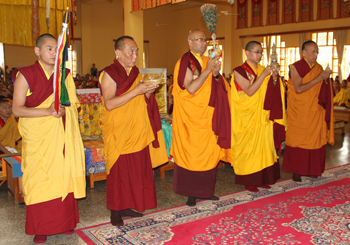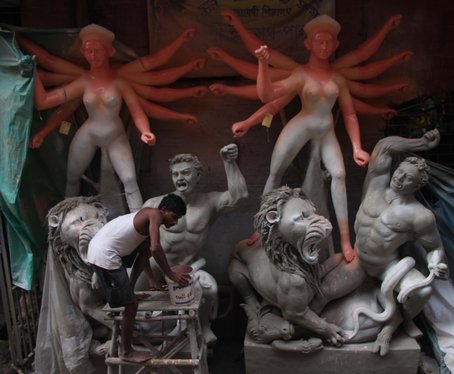Unity in Variety
The Caste System
Early societies all had their hierarchies. Caste of one type or another has been known in all old areas. In Indian local caste became a set function of lifestyle. Everyone was separated into four groups: Brahmins (priests and scholars), Kshatriyas, (kings and warriors), Vaishyas (traders and landowners) and Shudras (the employees and lowly people). In the starting origins there was caste versatility. Inter wedding between the Aryans and the natural individuals appear to have been common. The kids of these weddings provided an increase in combined castes.
Another aspect accountable for the growth and crystallization of the caste framework was the company of art guilds. Originally there was fluidity that created possible the consumption of individuals within their framework. This was common as delayed as the 6th and 7th hundred decades. A wording of this interval at Mandasaur in Rajasthan information silk-weavers who had moved from Gujarat taking up careers which range from soldiering to zodiac. In starting Tamil fictional works there is no proof of caste.
Himachal Culture
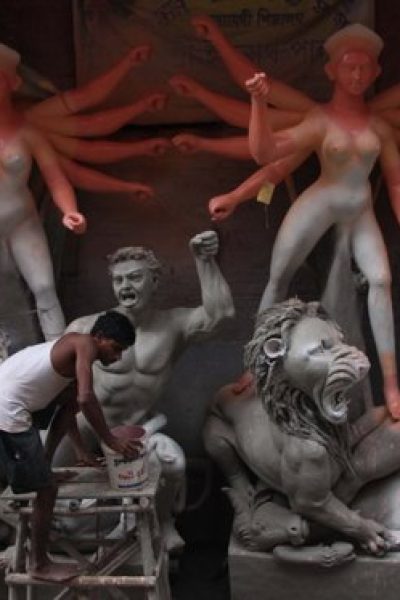
The Four Stages Of Life
Indian values set down four primary finishes to guy’s lifestyle – Dharma, Artha, Kama and Moksha. Dharma is a difficult word to convert. It means that which maintains or upholds, a way of lifestyle relaxing on right action, regard for others and being real to a person’s self-nature. Artha was the making of success by a right and sincere profession. Kama was the satisfaction of legal desire or satisfaction and Moksha was independence from revival by the understanding of the greatest fact. In answer to guy’s need to learn, to enjoy, comprehend and lastly to become separated, Hinduism provides four stages or ashrams in a guy’s lifestyle that allow.
He is to achieve his lifestyle in balance with Dharma (the law of worldwide harmony) at all stages. These four stages are essential for a full and significant lifestyle. Brahmacharya includes the starting of puberty and contains the exercise of celibacy, the study and information of the holy lessons passed on by a Expert. Grihastha, when man wedded, had kids and started the obligations natural in the lifestyle of a homeowner. Vanasprastha, the first step towards moving away from the lifestyle of the homeowner and planning the person for drawback from all life activities and for the participation in public and religious action. Sanyasa, the final level when man put on the saffron gown, walking away from house, family, success and community, and joined the woodlands to reflect and search for independence, before his greatest leaving from the world.
Religious Life & The Sacred Texts
The religious ethos of Indian local was given versatility, patience and durability by the lack of only one religious doctrine, depending on a ‘bible’ or holy dogma; by the multiplicity of types and beliefs that jointly recognized India’s trust and the Vedic and break-away customs of our sages and seers. It was an comprehensive mind-set, illustrating the unfamiliar heretical understanding within a complete atmosphere, increasing and taking in while comprising the values of other beliefs. Heresy was unidentified and religious persecution was little.
From the first periods the Indian local has imagined a procession between God and Nature and Man. The gods were individual, but godhead was natural not only in man but also in all animals and in all designs animate and non-living. In conditions of the Bhagvad Gita, a area of the impressive Mahabharata, ‘All gods cause to God as all waterways cause to the Sea’. And again it was said ‘Truth is one, the wise understand it in many ways’. This identification of the possible restriction of the own viewpoint, this kindness to the viewpoint of others, this rejection to condemn humanity to only one presentation of Reality, this high respect for the quintessence of Truth as unique from incredible types shows a outstanding adulthood of considered. This is the resource of much that is most unique in our society and also the key of our stamina.
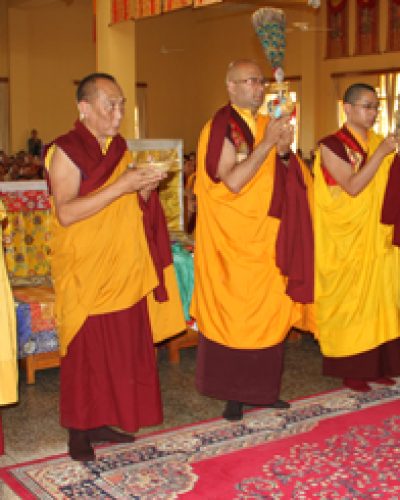
The first millennium BC was a interval of abounding innovative action. The holy praise of the Upanishads where the classy thinking of hundreds of decades coalesced and found appearance treads beyond priestly dogma and understanding. Anti-theology and anti-ritual, the Upanishads recognized a new connection between man and the Brahman, the all-transcending concept. After the Upanishads came our excellent epics – the Ramayana and Mahabharata. Their impact on the public has not decreased over the hundreds of decades. They keep enthrall evolved and child as well. Actually we can say that the characters of these oldies have combined with the lifestyles of our individuals. Common Indian local is their method of attaining out simultaneously to different stages of psychological growth, from perceptive to illiterate. Their experiences have been a type of Open School, quickening our individuals feelings of right and wrong and endowing them with illustrations with whom they can identify themselves and exalt their ethical sense. Through a background of brave custom and ethical residing these oldies give balance to a community which was evaluated in castes and had many sections and discords.
Of the two epics, the Ramayana is the much more popular, presumably because it is easier to comprehend. The impressive centers around the idol Rama but there are many additional experiences each with its own ethical and importance. The Mahabharata is the treatise on the technology of community. It is a massive work, a selection of not only custom and tale but also of the governmental and public organizations of that period. The Mahabharata creates a very certain attempt to stress the essential oneness of Indian local. What is essential about it is not the tale that issues a feud between the Kaurava and Pandava princes for the sovereignty of the country but the actual abounding success of information and the volume of lifestyle, no less than the ethical and ethical percepts. In the Mahabharata is a gem of a poetry, the ‘Bhagvad Gita’ or the Music of God. The knowledge of the doctrine of the Vedas, Brahmanas and the Upanishads come together in this educating. It is the most essential and the best known of all Hindu scriptures. It consists of a conversation between Krishna the Master and Arjuna, one of the five Pandava bros, of whom he is the buddy and charioteer. The Bhagvad Gita expounds the characteristics and features of God. Its educating is worldwide and strong. It is a common religious viewpoint as used to a specific problems and about the application of values and spiritual techniques to the problems of man. In easy terminology Krishna describes the imponderable facts that are the reasons for Indian local religious considered.
Through the hundreds of decades Indian local religious values has expanded highly and greatly emotional, and has tried to offer different types and methods appropriate to different groups of individuals. There is the Spiritual Man for whom Indian local religious values provides an complete independence from all dogma, wedding and creed. It provides him numerous routes of immediate encounter of the religious verities. There is the Intellectual Man to whom is provided different systems of information, plenty of concepts and endless fictional works of commentaries and of commentaries on commentaries. Then there is the Important Man, the man of feelings, interest and action for whom there is a wide fictional works of experiences, Kathas, a variety of information and methods, as in the Puranas and Tantras, which will activate his creativity and encounter and link them to the further facts of the soul. And lastly there is the Physical Man for whom Indian local religious values is a program of exterior signs and customs, of celebrations and other such events, which even in his everyday schedule, carry him into contact with the further facts that, regulate the universe. It is in this light that the complexness of Indian local religious lifestyle can appropriately be identified.
The Hindu pantheon is prolific; some reports put the count of deities at 36 crore (330 million). No values or types of praise are refused by Hinduism. All are considered as a symptom of Brahman, the One and greatest fact, and the particular item of veneration and supplication is often a matter of personal option or custom at a regional or caste level. Brahman is often described as having three aspects, the trimurti: Brahma (The Creator), Vishnu (The Preserver) and Shiva (The Destroyer, also known as Mahesh). Within the Shaivite (followers of Shiva) conspiracy, Shakti, the goddess as mom and designer is worshipped as a power in her own right and has many of her own symptoms.

Cults of Nature & Sacred Animals
The cults of Nature and events of wats or temples have their own trivial and powerful importance, although many of them are frustrated by those who experience able to engage in the further and professions of feelings, action and information. In Indian local the stream is considered as a adoring mom providing resources, infertility and success. The conspiracy of waterways is especially essential. The sea in the Indian local cosmology is the tank of all. Showering in the sea is considered the most cleaning since all the holy waterways run to the sea.
The really like of vegetation is so powerful especially among Indian local women that they are considered as partners. The kalpvriksha or shrub of advantage is greatly based in Indian local understanding. Some vegetation also have powerful religious importance. The Banyan shrub (Ficus benghalensis) is so holy that only in periods of serious need individuals would pick its simply leaves or otherwise intervene with it. It symbolizes the Trimurti (trinity) and a pilgrimage to a holy banyan is similar to 12 decades of compromise. Its ashes are said to have the power to reduce sin. Apple vegetation (Mangifera indica) are synonymous with love; Shiva is considered to have wedded Parvati under a mango shrub and so mango simply foliage is often used to beautify wedding pandals (marquees).
Animals, particularly snakes and cattle have been worshipped since olden days in Indian local. The cow symbolizes infertility and caring, harmless factors of the mom goddess and is a icon of Mother Indian local. In the State of Tamil Nadu, on the third day of the Pongal (harvest) event, holy cattle are cleaned, designed and coloured before being fed a mix of grain, glucose, dal (lentil) and milk products, a plate that guarantees success and variety for the following year. The fluff is more competitive but its company with Master Shiva as his install Nandi, accords it tremendous regard. Snakes, especially cobras, are also holy and associated with infertility and well being. Naga (snake) rocks secure people from snakes and are shrines to infertility.
Religious Tolerance
Polytheistic eclecticism gives Hinduism a potential to co-exist with other beliefs that goes beyond patience. Religious patience is an Indian local concept, created by societies that agree to the concept of only one, real god. Monotheistic beliefs see other beliefs as incorrect. These deviant beliefs can either be modified or modified, to the real trust or they can be approved. Hinduism, in comparison, allows plurality of gods and plurality of the methods of religious satisfaction.
At a theological level, therefore, Hinduism does not identify any religious values as being deviant; all signify legitimate methods of getting guy’s objective of religious satisfaction. This viewpoint has advised the mind-set of Indian local community and Indian local leaders to non-Hindu beliefs that have journeyed to this area from different areas around the globe. Judaism, Christianity and Islam created their way to Indian local across the Arabian sea, onboard the boating delivers that ferried wood, spices or herbs, silver and fragrances between the Malabar shore and the Levant. A small Judaism agreement in Kochi, Kara, has gained for Indian local the difference of being the only country on the globe where the Judaism people have not been harassed. Legend has it that St Thomas; one of Christ’s unique 12 supporters journeyed to Kerala and modified a area of the regional inhabitants to Christianity. Whatever the veracity of this declare, it is a conventional proven fact that Christianity achieved Kerala before it achieved European countries and that the liturgy of several Religious variations in Kerala remains in the conventional ‘languages’ of the Center Eastern. Nor was Islam carried to Indian local at the aspect of the blade, as many individuals believe.
The european shore has been house to Islamic agreements since the 7th millennium. True, following invasions by Islamic leaders and the encounter of colonialism have assisted these beliefs distribute in other areas. This does not eliminate the aspect that the unique reaction of Indian local leaders and community at huge to the introduction of exterior beliefs was welcoming rather than aggressive. Actually, the only religious values known to have welcomed effective Hindu antagonism is Buddhism, with its ability of agnosticism and subversion of the caste framework.
Hinduism, while responsive to theological diversity, punishes infringements of caste separates with vitality, even these days in non-urban Indian local. It has been noticed that certain latest efforts to mobilise Hindus politically on the reasons for anger towards other beliefs have met with only restricted success because such efforts go against the conventional lifestyle of Hinduism. Unity in diversity is constantly on the the only practical combined crucial for many elegance Indian local.
Yet in its philosophical foundation, Hindu community does not aim at exclusiveness. From this has increased India’s unique potential to agree to and incorporate. It is also real that religious individuals regard and agree to the team and excellent spirits of their beliefs. Hindus, Muslims, Christian supporters, Sikhs will go with equivalent fervour to acquire the delights of a Shankaracharya or a popular Islamic diviner. You will often see a cathedral, a mosque, a forehead or a gurudwara all on the same street or in the same area.

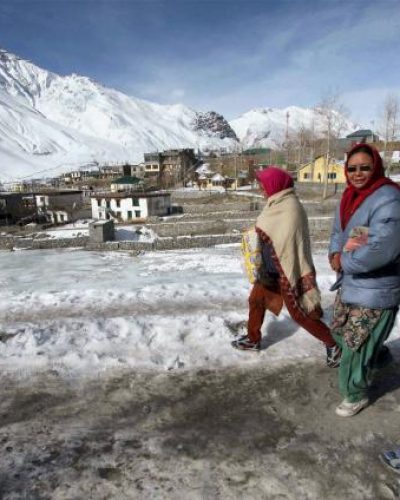
Hinduism
That all beliefs could not only are available together but also succeed in Indian local has a lot to do with the modern characteristics of Hinduism. Although as a religious values. The religious values, compared with many of the modern beliefs, has no recognizable starting. Hinduism is not an ‘ism’. It is considered more a way of lifestyle than a religious values. There is no creator, no prophet, no guide and no dogma. It has no main power, business framework or company. It has a variety of components.
It is a complex religious values with many religious, public, fictional and innovative factors. It is an combination of different doctrines, cults, and methods of lifestyle. Almost 80% of India’s inhabitants are Hindu. India is commonly considered to be the area of spiritual techniques, whose local viewpoint discovers the existence of the excellent divinity in the plant as well as in the thorn, in rock and in corrosion, in everything animate and non-living. Just as Indians see spiritual techniques in different types, they also exercise different types of spiritual techniques. It has many gods – the conventional durability of the pantheon is 330 thousand. And this pantheon’s flexibility is put to good use even these days as identified public management and sages make the conversion from exalted people to deities to be venerated. This polytheism also gives Hinduism tremendous versatility with regards to ways of praise, customs and so on. An attribute function of Hinduism is the department of community into a framework of castes.
Like Indian local herself, Hinduism is not capable of confinement or information in conditions. It is a viewpoint, all adopting, all recognizing, resistant of other ideas, giving wide independence of option in praise. The way of it and even whether there need be any at all – is God a being or the divinity in man or the power or quintessence of all that is. Dharma or the ethical method of lifestyle has taken over Indian local considered. Philosophy has deepened and increased the individuals perspective and assisted an passionate strategy towards not only other people but towards all characteristics, especially animals, parrots, vegetation and waterways. The much-discussed variety of gods and actresses are but different pictures of the formless, all persistent ‘energy’ of this galaxy and many others beyond it.
Most Hindus believe in reincarnation. All people and other residing animals are born-again as a result of their past activities in other lifestyles. Greater people come on the world by a non-reflex action in order to face a special situation. In the holy guide the Bhagvad Gita, Master Krishna says, “To secure the righteous, to eliminate the evil and to set up Australia of God, I am created from age to age”.
Through the age groups, within the Hindu flip, sages have damaged away from any type of crystallization. Some recognized variations and even new beliefs, providing greater freedom to those who sensed or were created to experience, fettered and choked. One must confess that huge figures think of religious values with regards to idols and Indian local exercise has not always resided up to the precepts set down. At different stages, huge sections of our community have provided up to intolerance and insolence. Traditions or customs still continue to persist which may have had some importance in an previously age but are now anachronistic or even actually prevent improvement. A very good example is the caste program.
Folk & Tribe Religion
Folk deities are regularly considered as being more available to the common person and more qualified for working with everyday town lifestyle. Deities identified with mountains or jungles may be showed simply by a load of rocks or shrub divisions, which enthusiasts add to as they successfully go by. Others may have easy shrines constructed in their honor to which enthusiasts carry promotions of blossoms, grain and fruits. Some are little known beyond a town. Others such as the actresses of pestilence like Mariyamma in Southern Indian local are well known. In Southern Indian local individuals deities are regularly women.
A significant exemption is Ayannar or Ayappan (ostensibly he is veggie and therefore ritually superior), who is worshipped in Tamil Nadu as a safety deity and for whom votive candles promotions, in the form of terra cotta horse are created in periods of need.
Tribal beliefs have so combined with Hinduism and other popular beliefs that few are now clearly recognizable. But in the Nilgiri mountains of Southern Indian local, the Toda individuals still hang on to to their own values even though they have implemented some Hindu and Religious customs over the decades. The veggie Toda venerate the buffalo grass upon which they rely for milk products, butter and ghee. This connection expands into the afterlife. When a Toda passes away, a buffalo grass is murdered to go along with them into the next globe where it will keep offer milk products and its by-products for nourishment and habit reasons.
